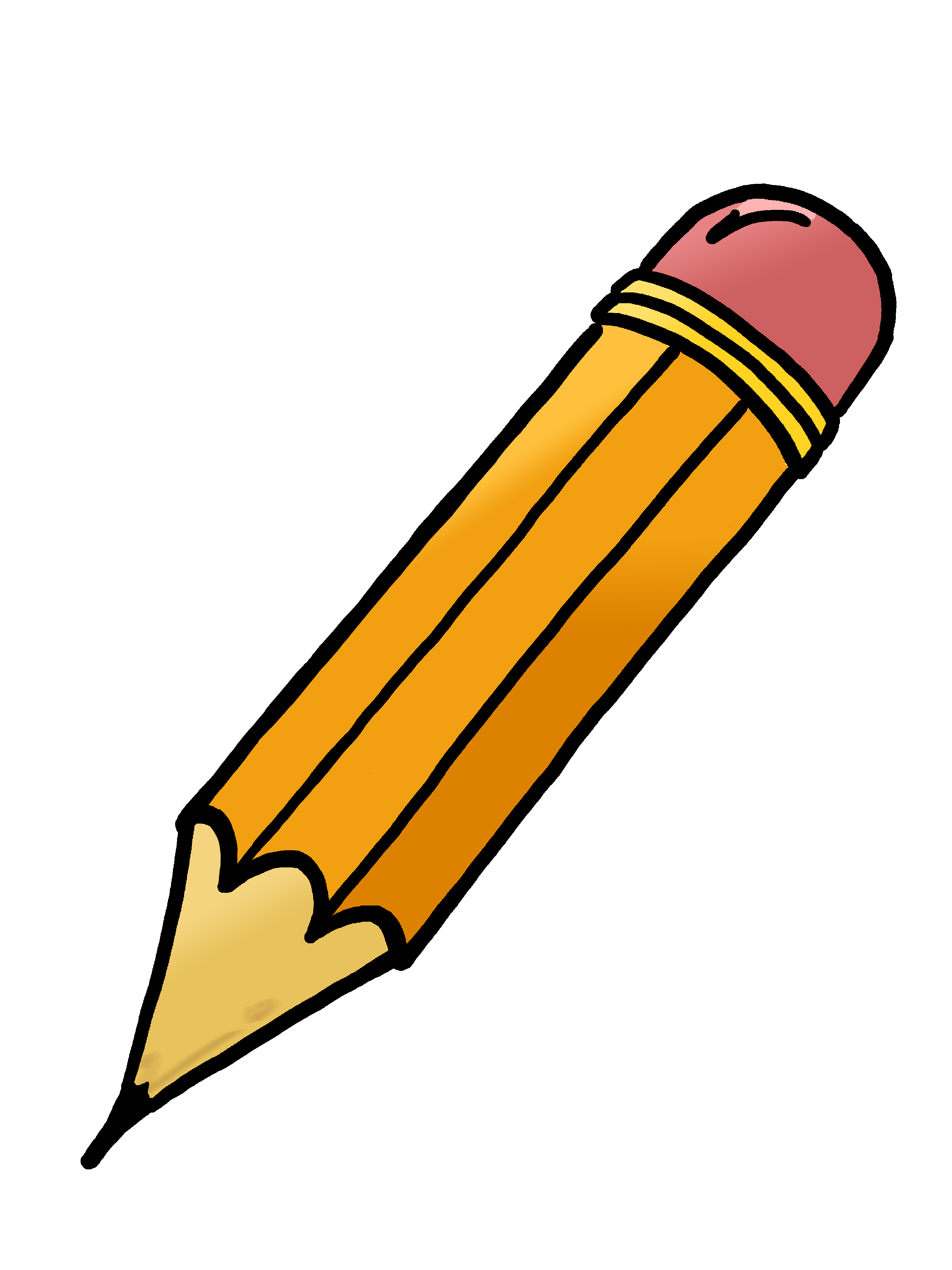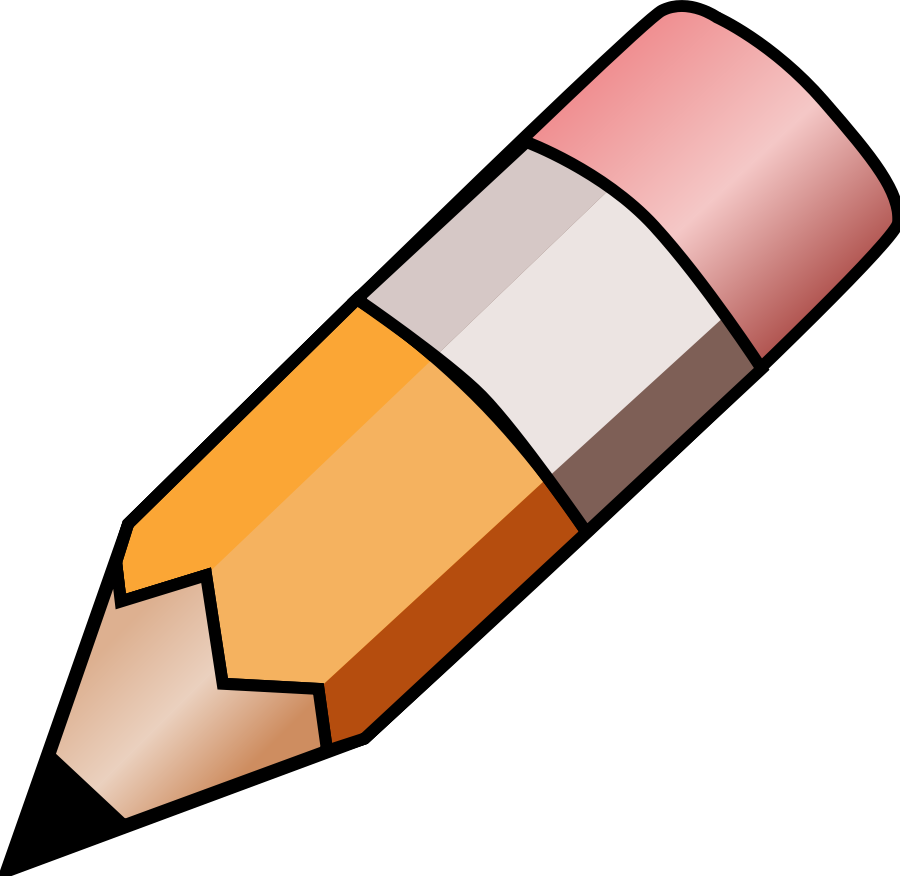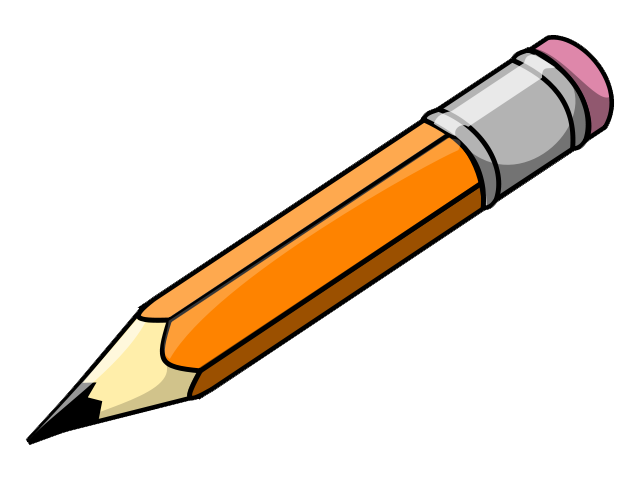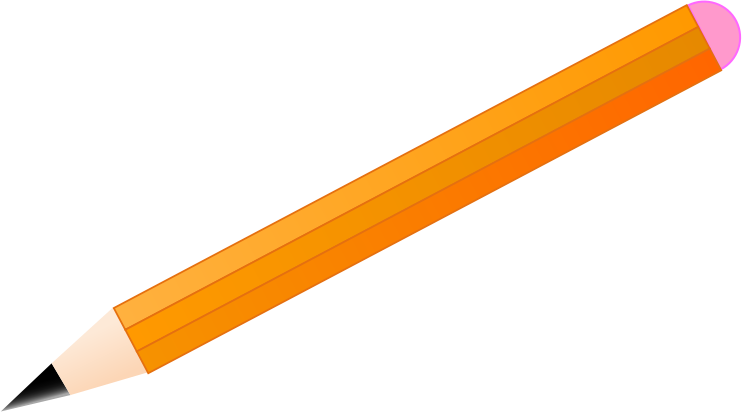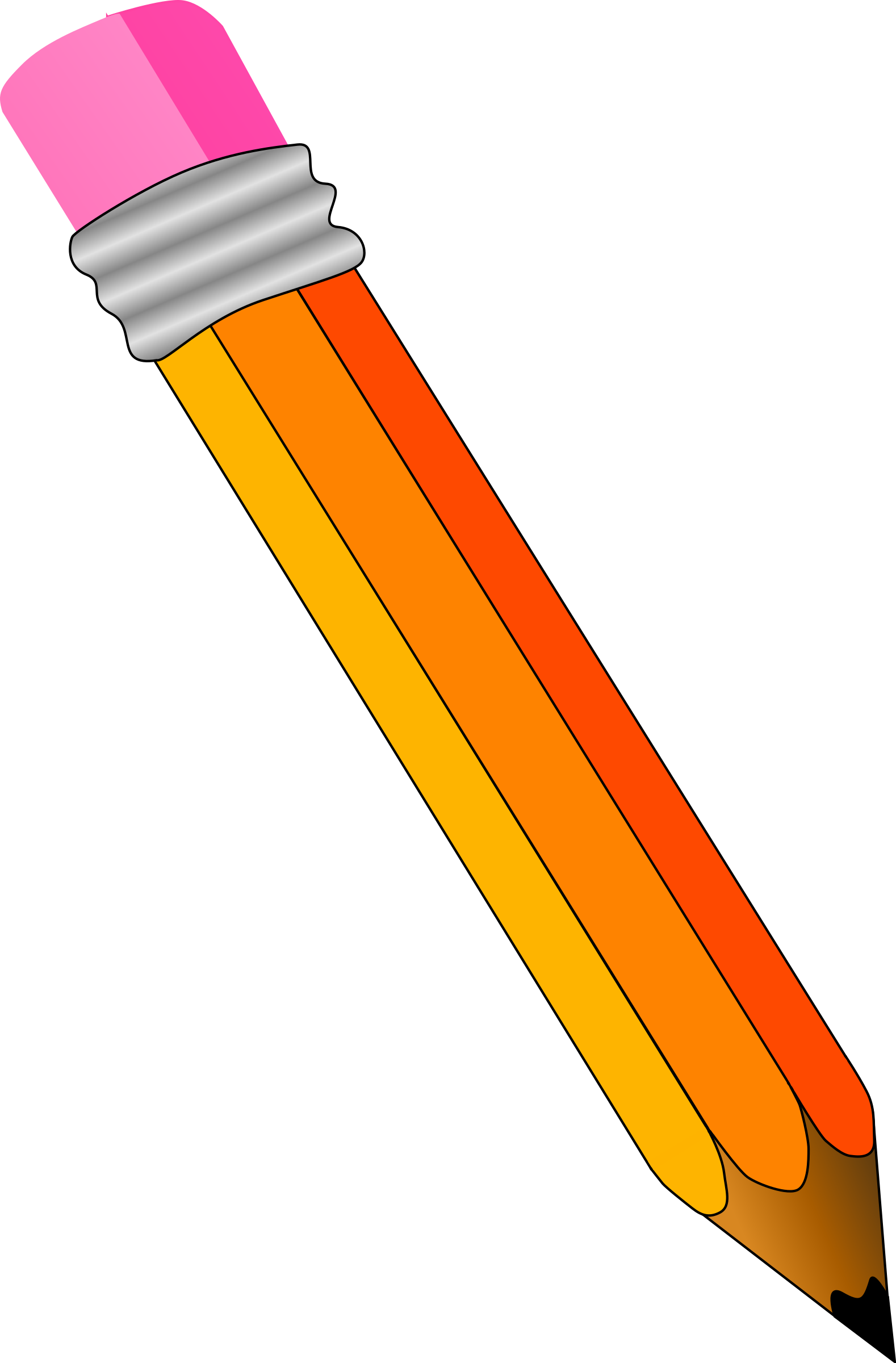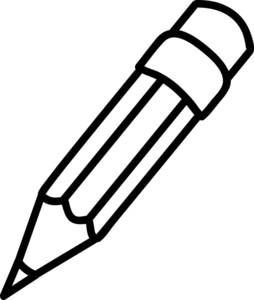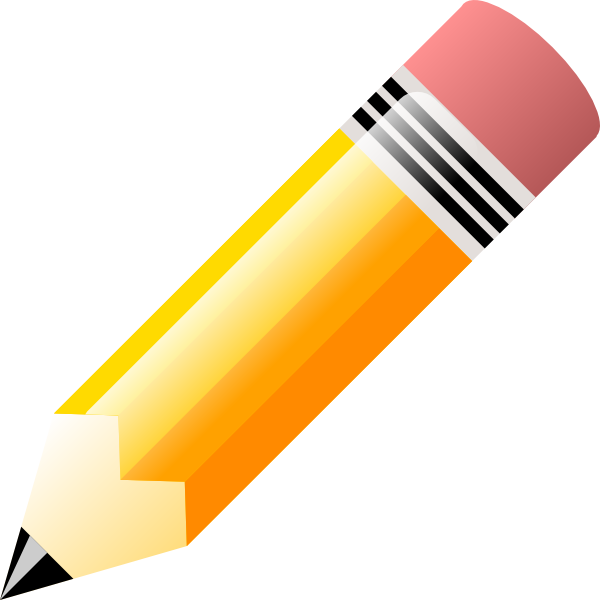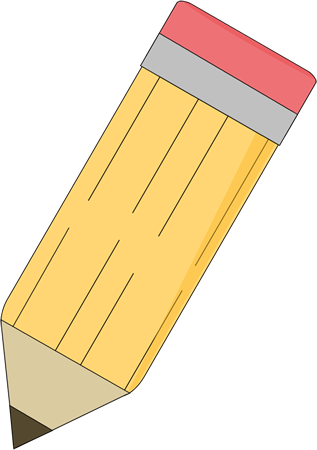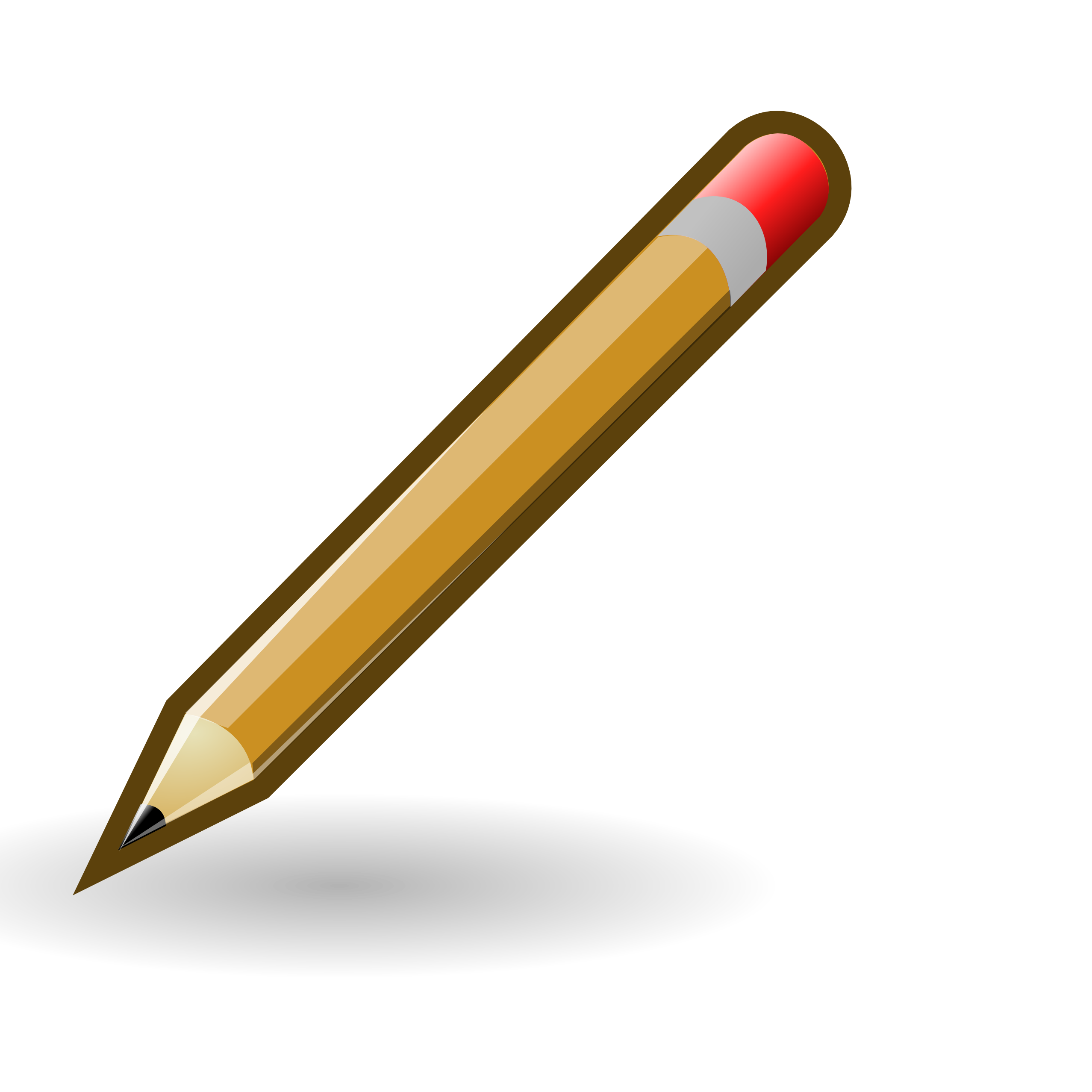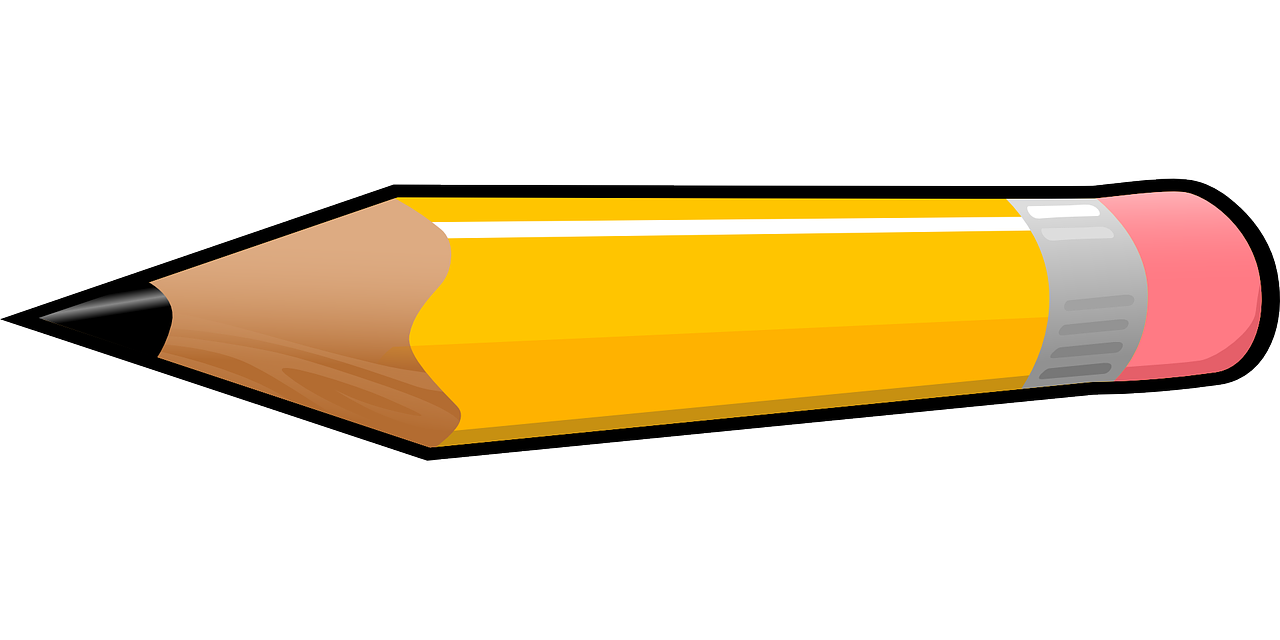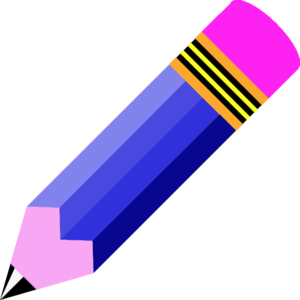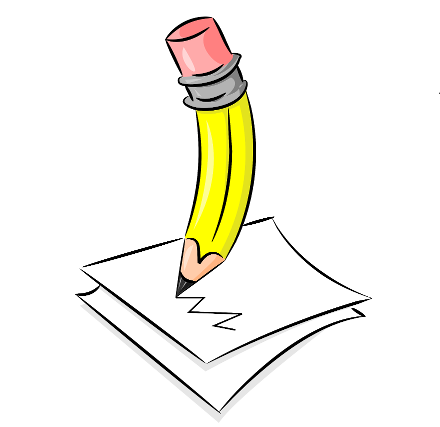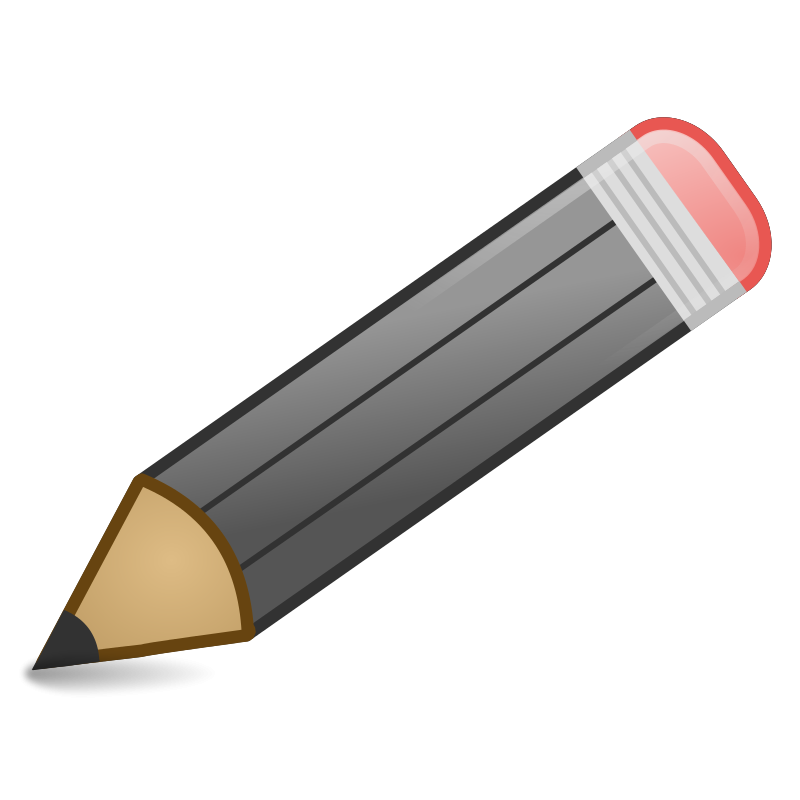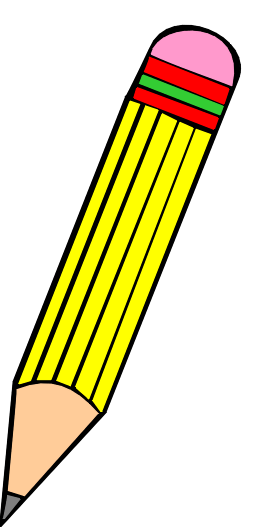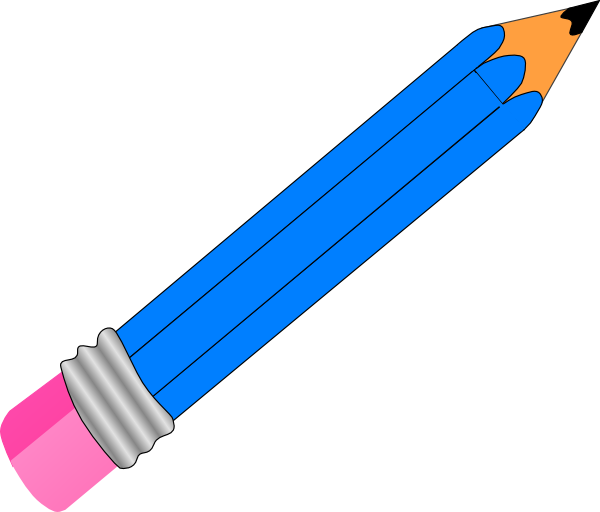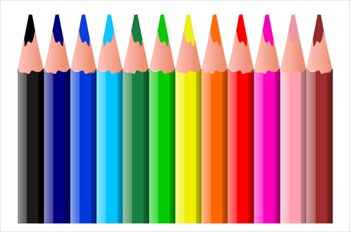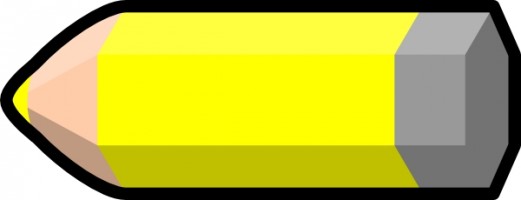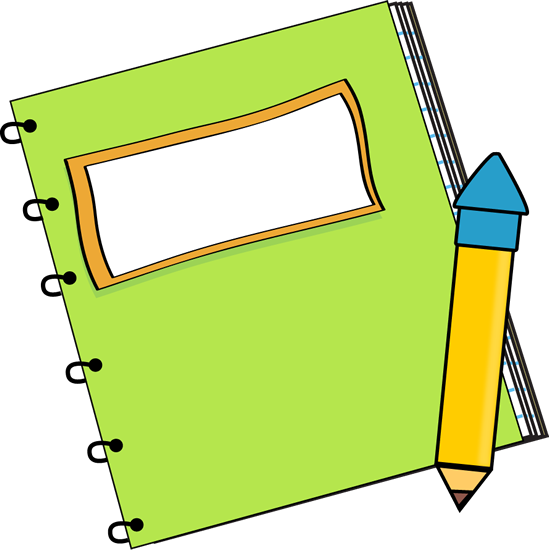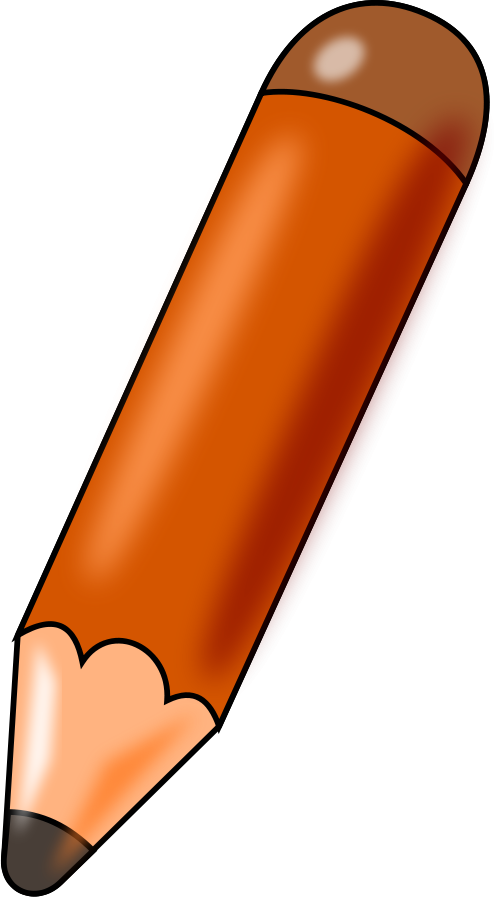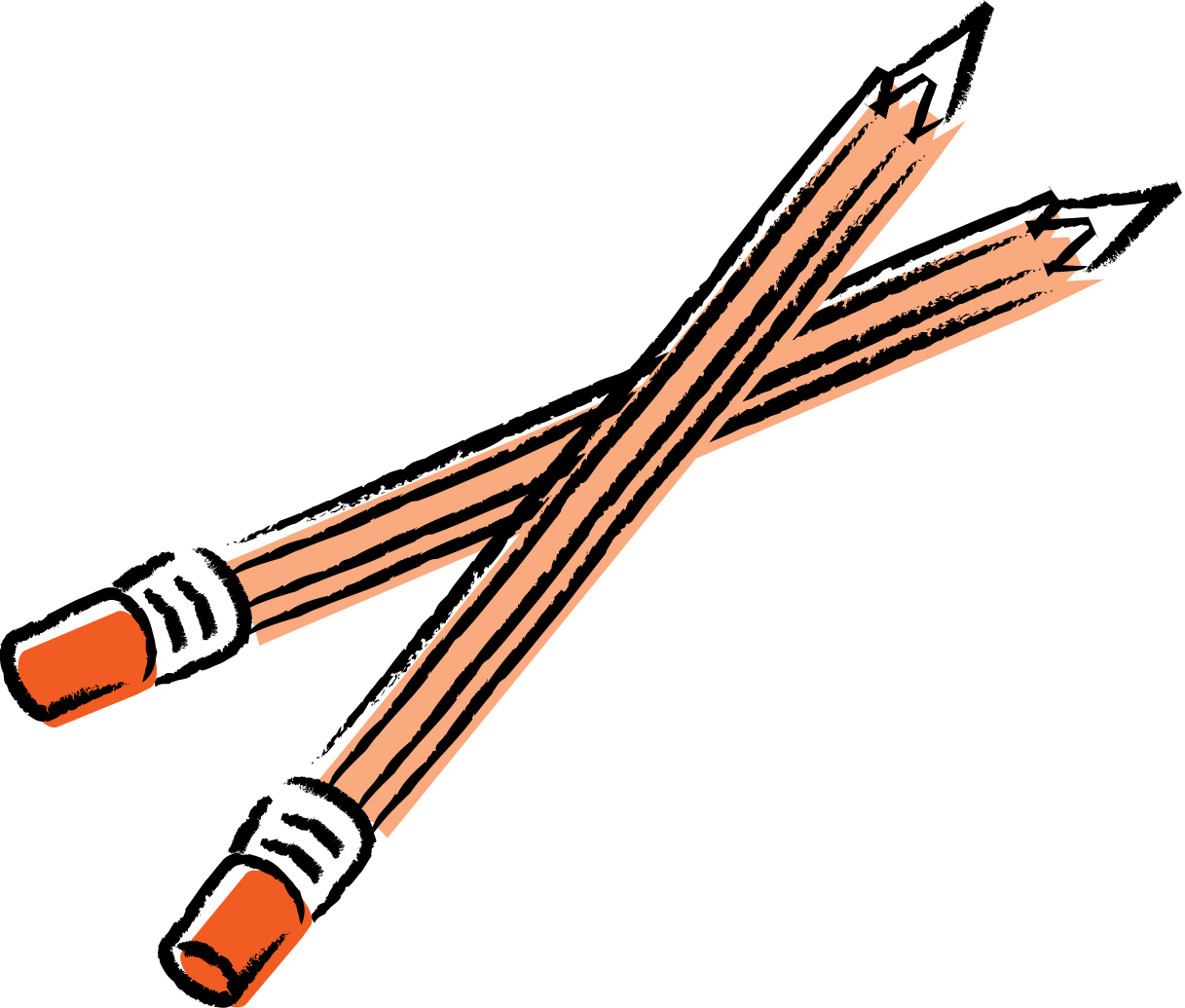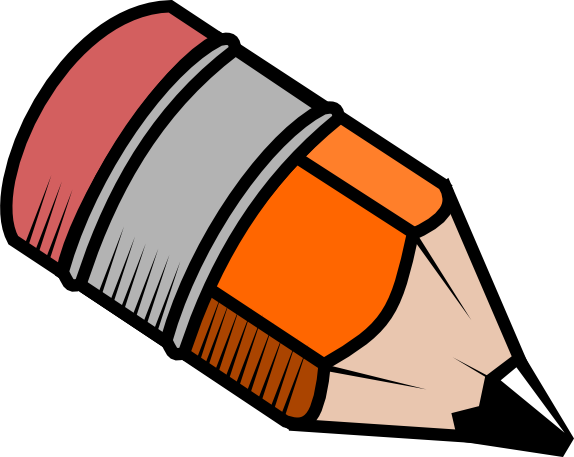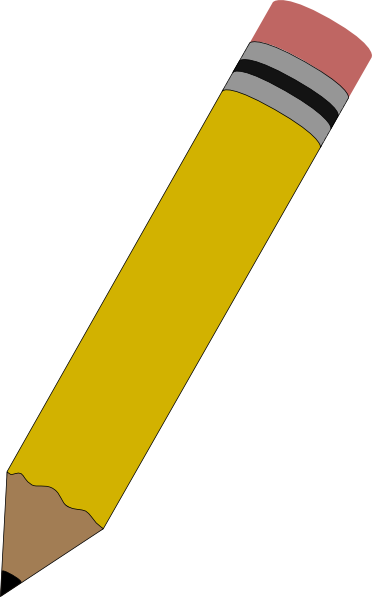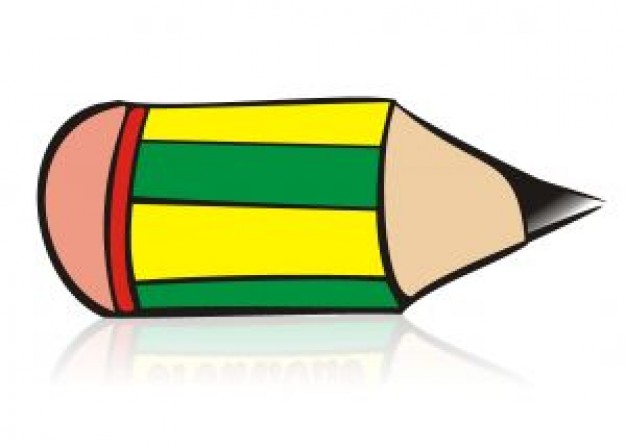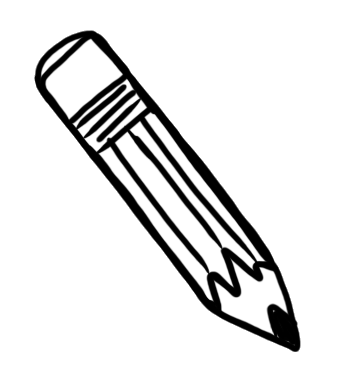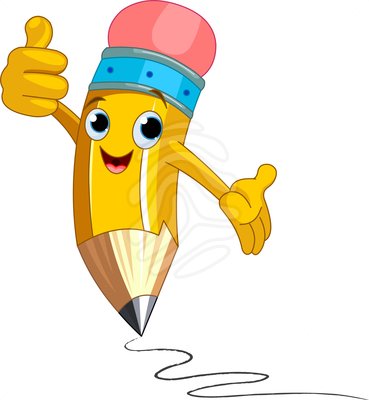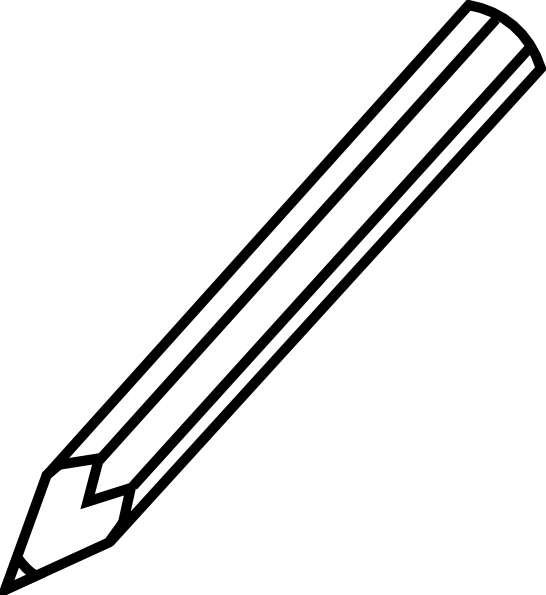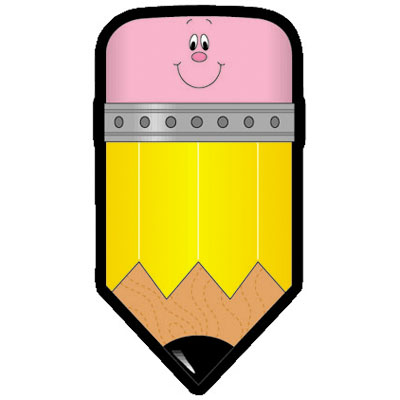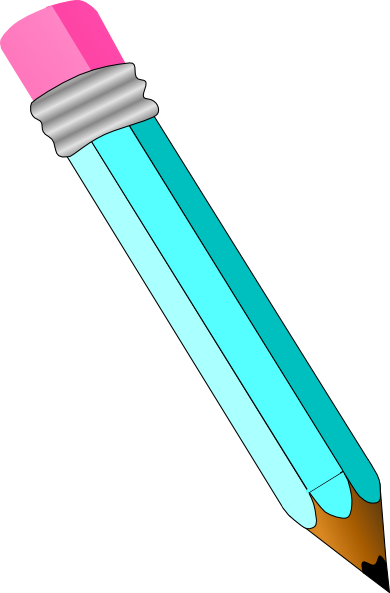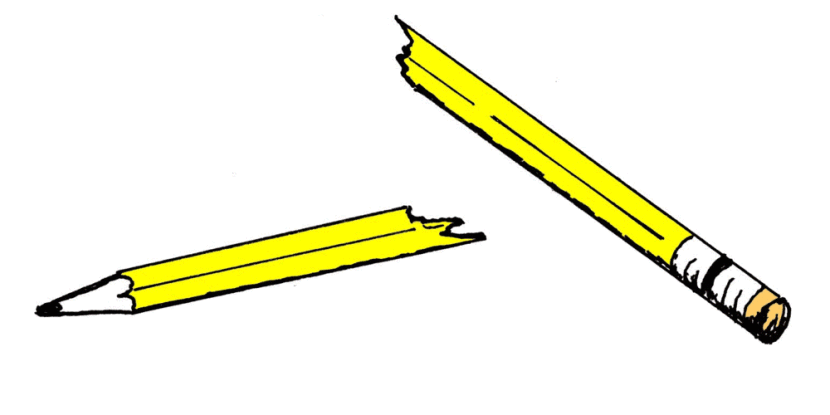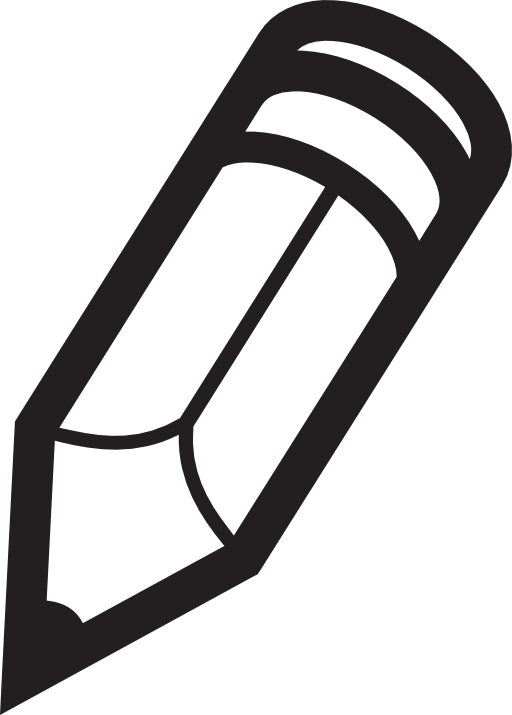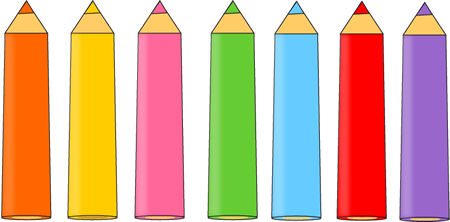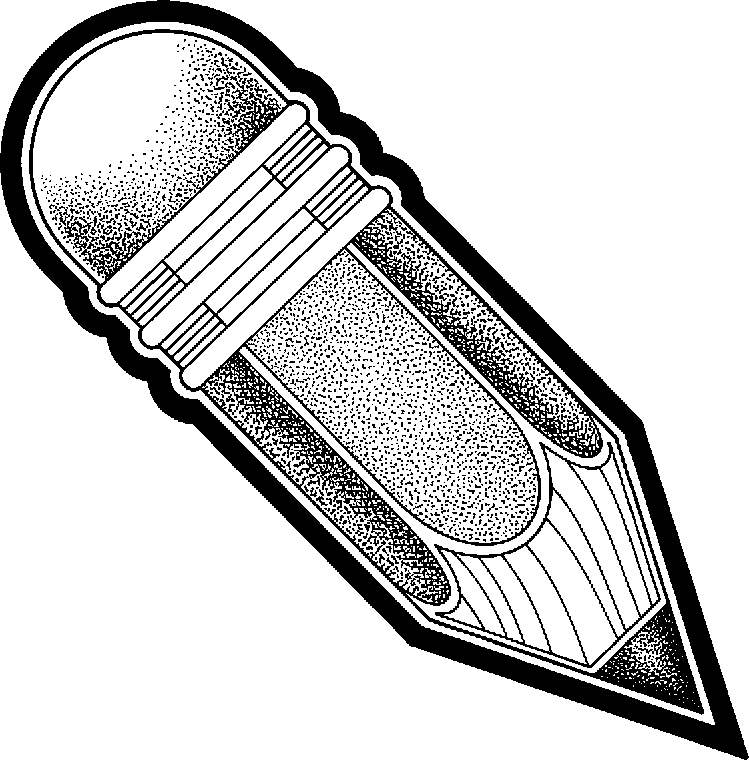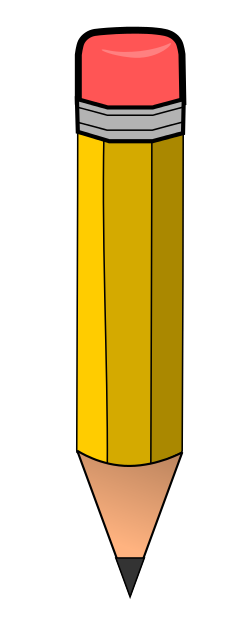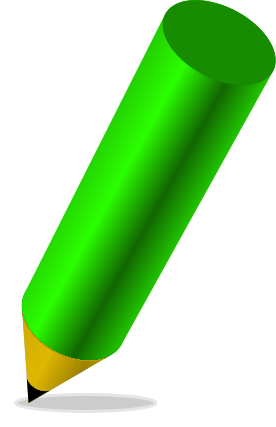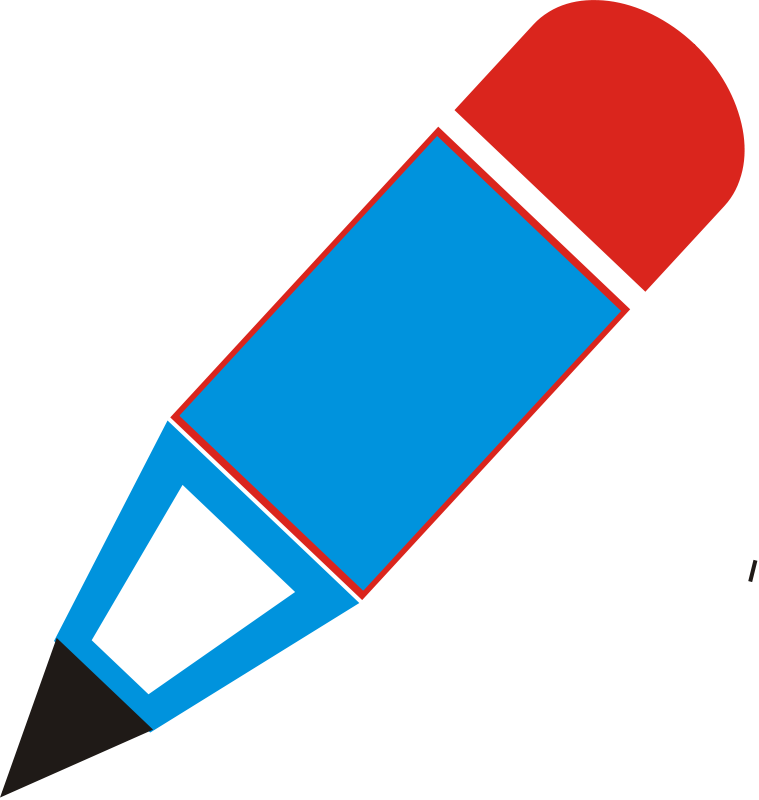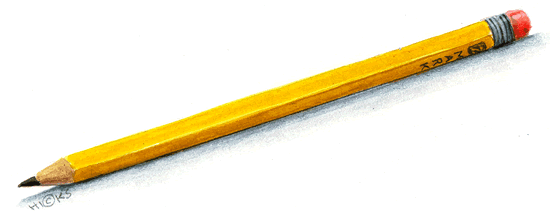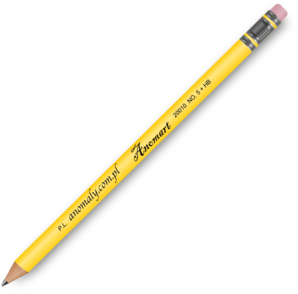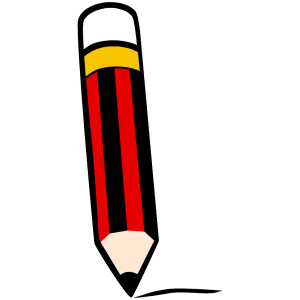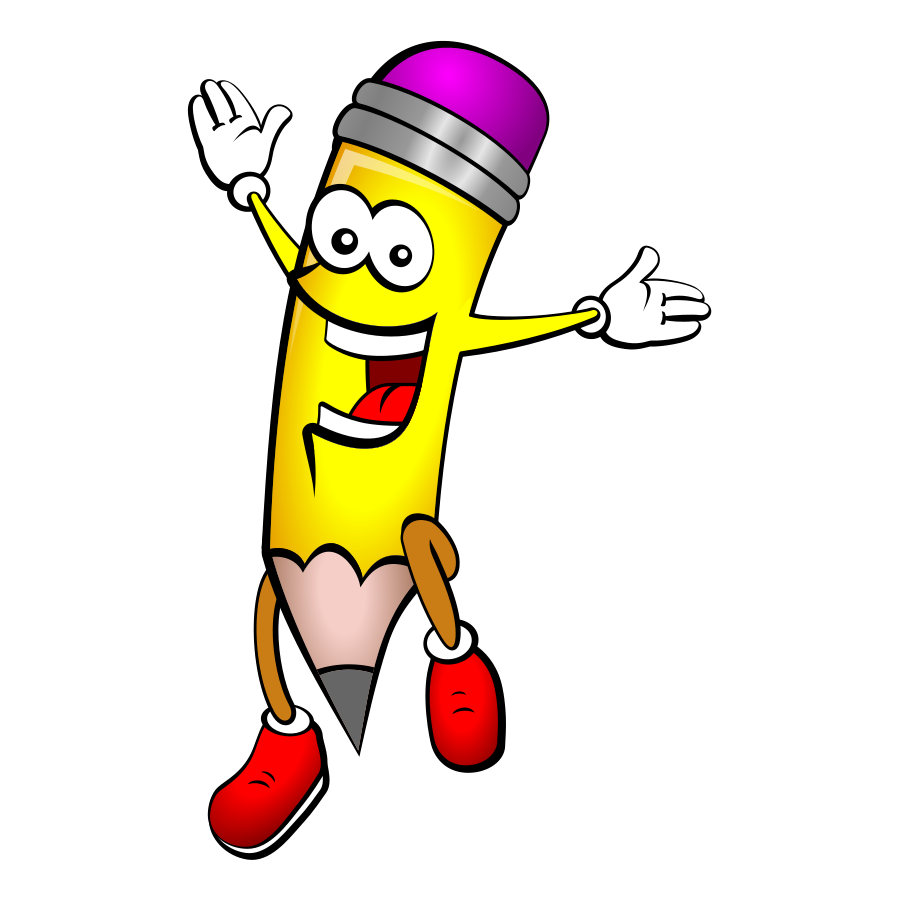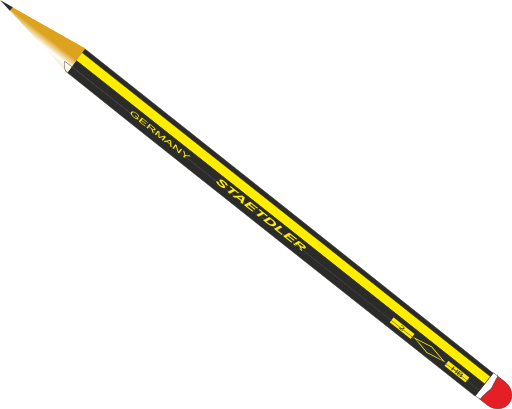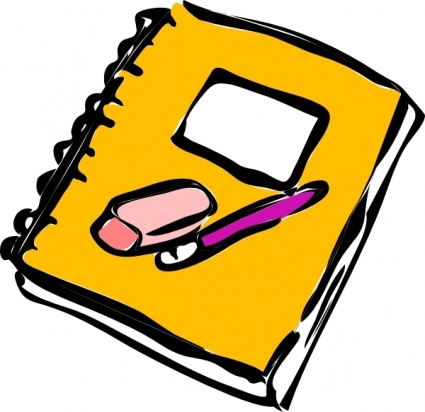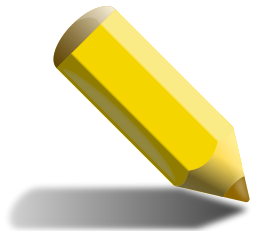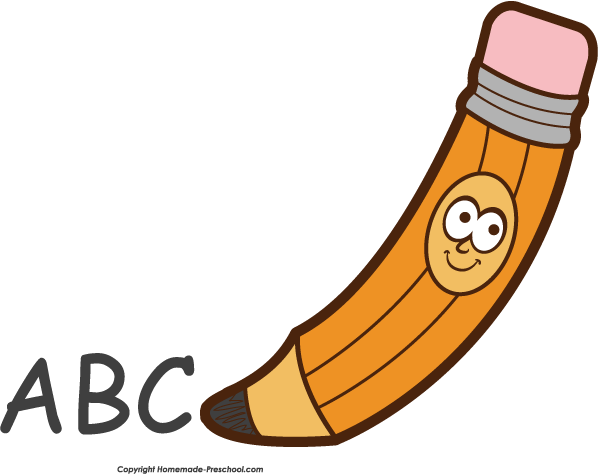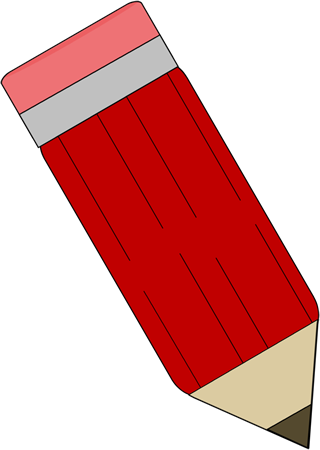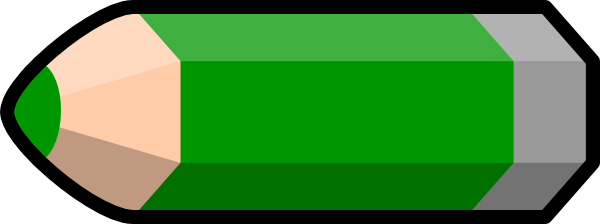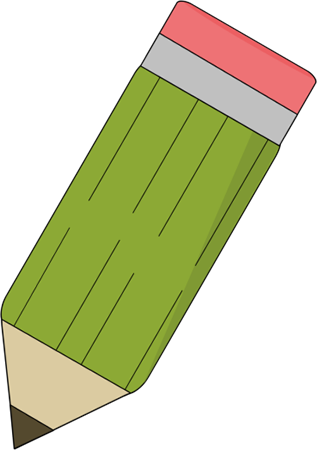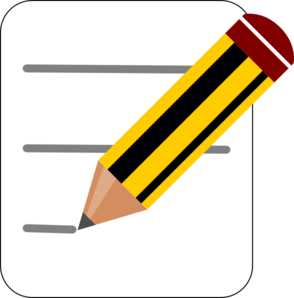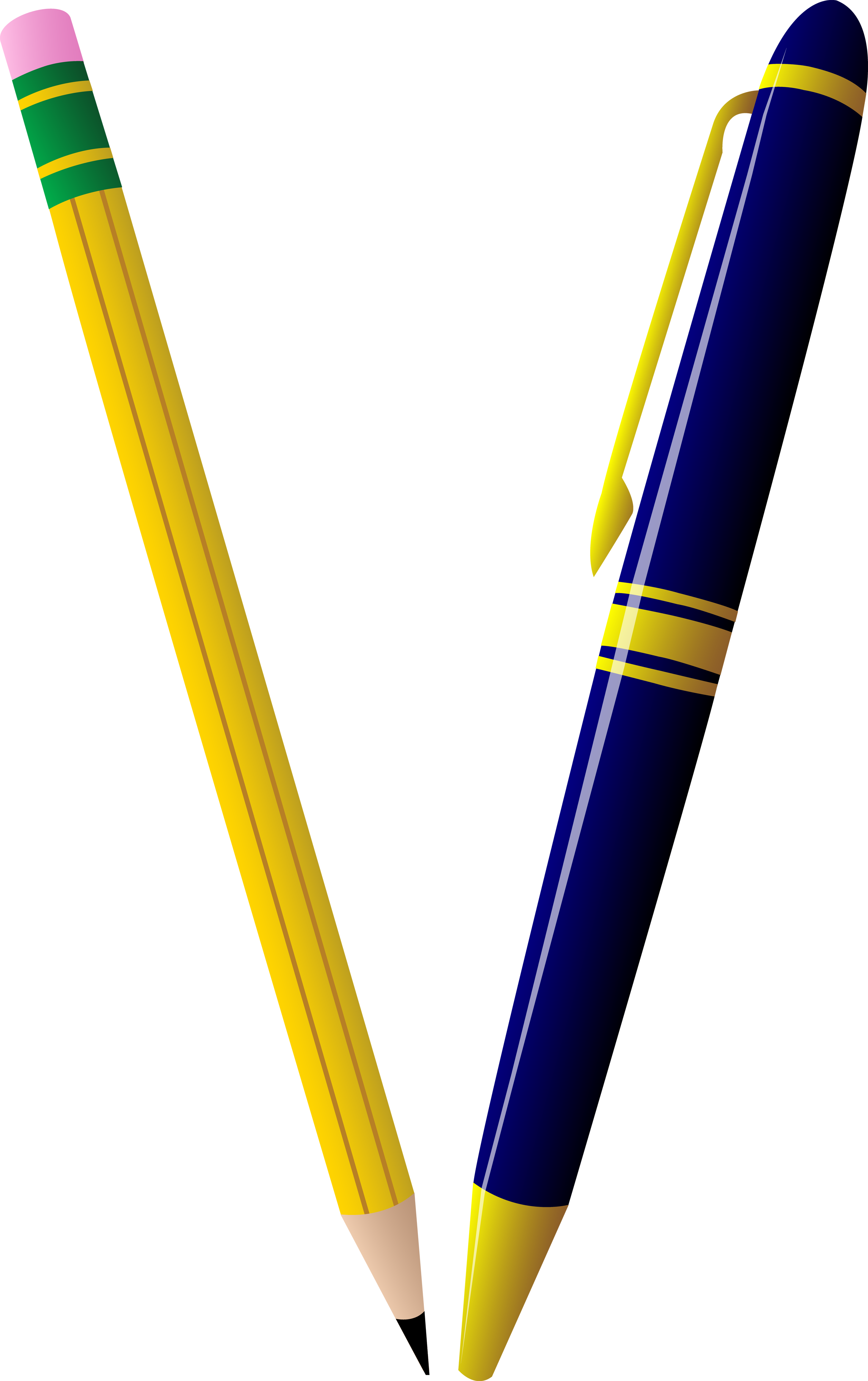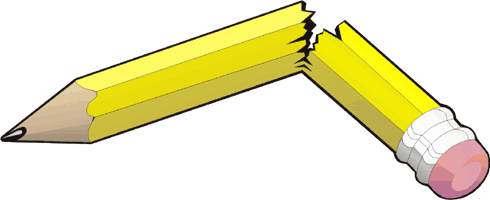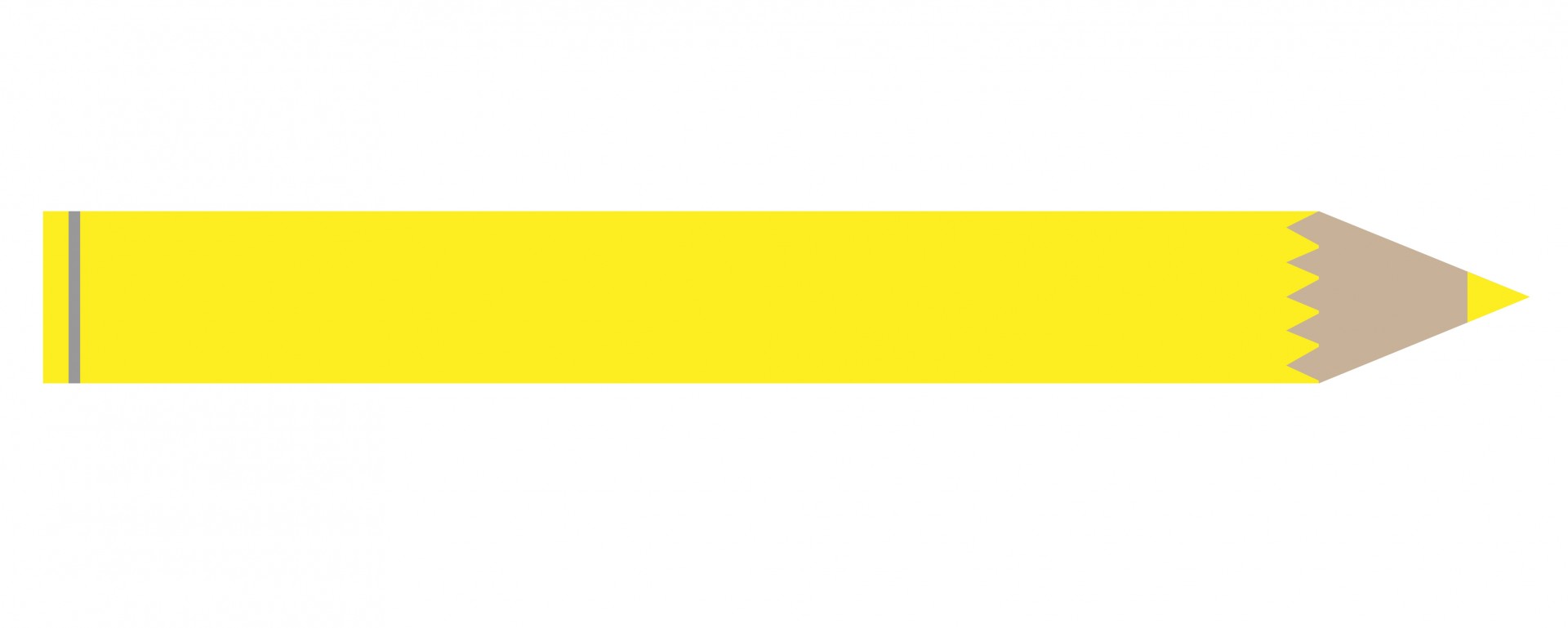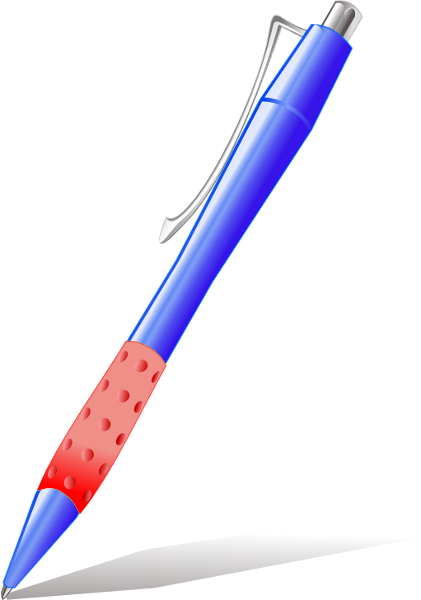Pencil Clipart
The Origins of Pencils
The origins of pencils begin with the discovery of a large graphite deposit in 1564 in Borrowdale, England. Solid graphite chunks cut from the mines were initially wrapped in string or encased in hollowed-out wood for stability. These early incarnations were used to mark sheep and keep records.
It wasn’t until 1795 that Frenchman Nicholas Jacques Conté developed a process to combine powdered graphite with clay, forming this mixture into rods of consistent size and hardness. Conté’s pencils competed with the popular German pencils created by the Hardtmuth family. His method of mixing graphite and clay is still used today for making pencil cores.
How Modern Pencils Are Manufactured
Contemporary mass-produced pencils start with planks of California incense cedar cut into long grooved slats. Refined graphite and clay rods are laid into the channels. Another grooved slab is glued on top and the sandwich is trimmed to shape.
The pencil shape is formed by a succession of automated saws. A lacquer paint dip finishes the iconic wood casing. Finally, metal ferrules and eraser caps are crimped to the tops, logos are printed on the sides, and the pencils are sharpened.
The Anatomy of a Pencil
A pencil contains:
- Core – The graphite and clay mixture in the center
- Casing – Thin wooden exterior, usually hexagonal or round
- Ferrule – Metal ring joining casing and core
- Cap – Protective cover for the eraser
- Eraser – For correcting and removing marks
The core’s composition determines the pencil grade for drawing.
Types of Marking Pencils
There are many varieties beyond standard graphite pencils:
- Colored pencils – Wax or oil cores giving bright or pastel shades
- Watercolor pencils – Contain water-soluble pigments
- Charcoal pencils – Made from compressed charcoal and binders
- Mechanical pencils – Tiny adjustable graphite leads
Pencil Grading Scales
Drawing pencils use grade scales indicating hardness or blackness. #2 pencils have HB standard grade. Higher numbers mean harder cores and lighter marks. B ratings produce softer, darker results.
The Digital Pencil: Clipart
Pencil clipart refers to digital artwork of pencils used in graphic design projects. These may include pencil sketches, shapes, erasers, sharpeners in formats like JPG, PNG, SVG, etc. The images may have solid fills, outlines, shading, and other stylizations.
Everyday Applications of Pencil Clipart
Pencil clipart can enhance:
- Website buttons
- Banners for educators
- Invitations and announcements
- Stickers and scrapbooking décor
- Presentation slide bullet points
Styles of Pencil Clipart
There are many aesthetic varieties:
- Cartoon pencils with cute faces
- Vintage dip pen etchings
- Minimalist linear sketches
- Watercolor painted pencils
- Realistic 3D yellow pencils
Why Pencils Endure
The iconic pencil has persisted as a beloved tool of human creativity for centuries since its humble beginnings. Its versatility, usability and affordability are proven by its continued demand and production worldwide. Both physical and digital pencils empower ideas to be erased and refined over permanent mediums. Pencil clipart expands that flexibility into today’s digital realms. This elemental instrument for bringing thoughts to life continues to evolve in surprising ways.
In this page clipartix present 85 pencil clipart images free for designing activities. Lets download Pencil Clipart that you want to use for works or personal uses.
